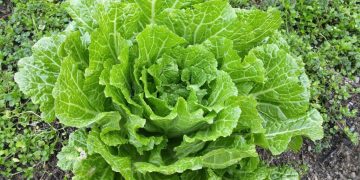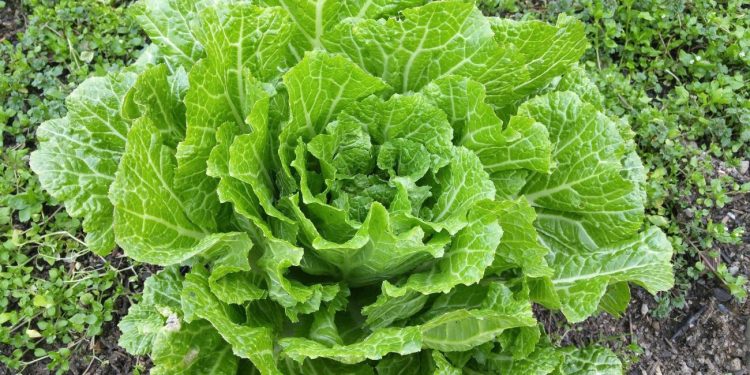Summer is still going strong, but fall is on the way! Are you planning to continue your harvest into autumn this year? If so, now is the time to start planning (and planting). There are so many interesting crops that thrive in fall weather. See the best vegetables for fall gardening!
Advertisement
Albert Camus said that autumn is a second spring because every leaf is a flower. For me, fall in the garden is a second spring because we are harvesting spring veggies again.
Why Plant a Garden for Fall?
Every July, I try to convince my farmers’ market customers that they should be planting their fall gardens, but I don’t have many takers. Most give me the fish eye like I am trying to put something over on them. These are the folks that do a marathon planting session on Memorial Day weekend and then scratch “planting the garden” off their to do list—done for the year! They don’t realize that many crops can be put in the ground before that traditional planting day and others need to be planted later when they can mature in colder weather. A large part of our market day is spent educating people about the possibilities.
- Planting fall crops lets you continue growing fresh, healthy food at home—plus, there is nothing like home-grown crisp, leafy lettuce.
- The plants produce better and the work is spread out over several weeks.
- Cooler temperatures means less watering and less sweating for you!
- Warm soil is key to good germination, so by the time you’re planting in July and August, the soil will be warmed and your seedlings will grow like mad.
What Vegetables Can Be Planted for a Fall Harvest?
Here in New Hampshire, I’m rather limited by our short growing season. However, if you live somewhere warmer, you can likely get away with planting a lot more for a fall harvest!
- After pulling our garlic in mid-summer, we had seedlings of lettuce, bok choy, chinese cabbage, and kale ready and waiting to plug into the empty beds.
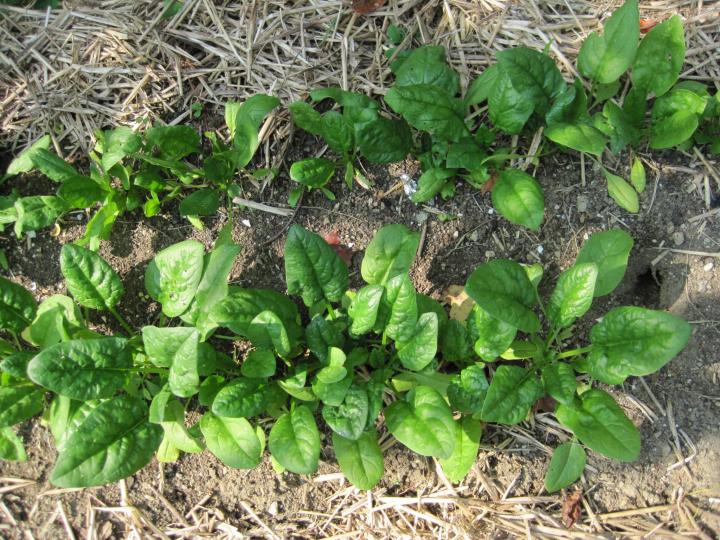
- Spinach and Swiss chard can also be started from seed during summer, as both will last into colder fall weather.
- Ever the optimist, I planted more bush beans, summer squash, and cucumbers, knowing that I will have to cover them when cold weather threatens.
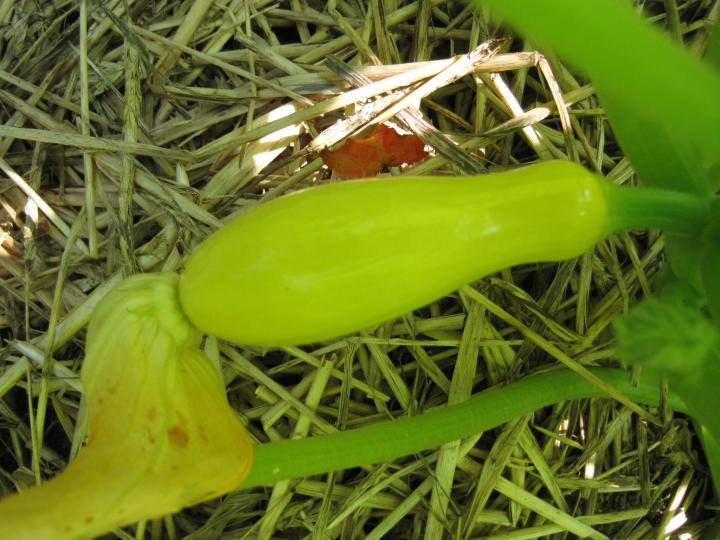 New baby summer squash will replace the tired plants that have been producing since early summer.
New baby summer squash will replace the tired plants that have been producing since early summer.
- If you live in a warmer part of the country, you may be able to plant another round of summer crops such as tomatoes and peppers.
What Makes For a Good Fall Crop?
Generally, vegetables that mature quickly and that are frost tolerant make for the best fall crops.
- Vegetables that can survive light frosts (in the 30 to 32˚F range) include beets, Chinese cabbage, cauliflower, celery, collards, green onions, potatoes, Bibb and leaf lettuce, mustard, parsnips, radishes, spinach, and Swiss chard. The flavor of some of these, such as collards and parsnips, is, in fact, much improved by exposure to a spell of below-freezing temperature.
- Even hardier vegetables that can survive temperatures as low as 20˚F include cabbage, broccoli, Brussels sprouts, carrots, kale, leeks, rutabagas and turnips. Upon thawing out, these hardy vegetables will continue to grow between freezes!
Check out our video to learn more about what to plant in your fall garden.
When to Plant What
It’s important to plant at the right time for your location. Here’s how to get a general idea of when to plant:
- See your local frost date calculator.
- Then take the days to maturity for the crop you plan to grow (usually listed on the seed packets) and count back this number of days from the frost date. (If the days to maturity listed is from transplant, not seeding, add another 4 weeks to this figure.)
- Because plants grow more slowly in the shorter, cooler days of fall, add a ″fall factor″ of another week or two to the maturity time.
- Then add in the length of the expected harvest period and you’ve arrived at your planting date. Of course, you can plant earlier than this date, but to ensure a good crop, consider this to be the “last planting date.”
Generally speaking, here’s the rule of thumb:
- 10-12 weeks before first frost: Broccoli, Brussels sprouts, cabbage, cauliflower, carrots, celery.
- 8-10 weeks before first frost: Arugula, Chinese cabbage, collards, kale, lettuce, mustard greens, spinach, Swiss chart, turnips
- 6-8 weeks before first frost: Beets, radishes
If you plan to offer your plants protection (such as cold frames or row covers), you can plant 2 to 3 weeks later and still expect to get a good harvest! Learn more about season extenders.
Fall Gardening Care Tips
- Mulch your beets, carrots, turnips, and parsnips before the ground freezes hard. Even if the vegetable tops wilt, the roots will survive with mulching and you can often harvest through the winter!
- With fast-maturing crops such as lettuce and hardy greens, stagger small plantings every few weeks to keep the harvest spread out or you’ll get all your lettuce at one time.
- Of course, you’ll need to follow gardening principles you’d use in the summer. Provide good soil (with organic matter), fertilize with plant food if you wish, and water consistently.
Watch Out for Fall Pests
Of course, it isn’t all as rosy as some of the gardening books would like you to think. You still need to keep an eye out for slugs, cutworms, and cabbage worms, which like tender sprouts and leafy greens.
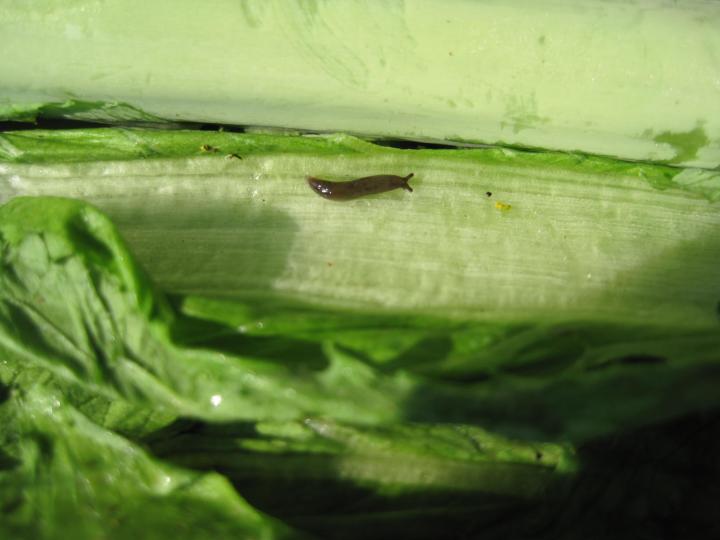 A new crop of tiny baby slugs has been dining on my tender greens.
A new crop of tiny baby slugs has been dining on my tender greens.
An unseen cabbage moth laid her eggs on my new kale plants in hit-and-run fashion. (I thought it was too late in the season for that, but wrong again!)
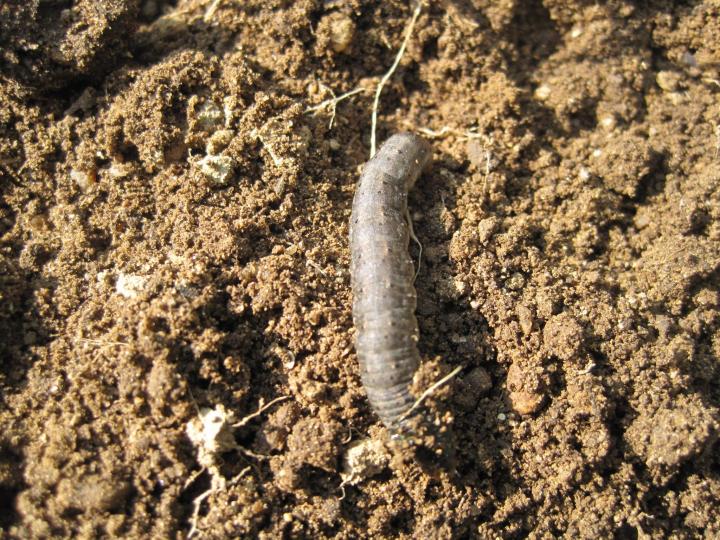 Cutworms are still active, too, so be sure to protect your new seedlings.
Cutworms are still active, too, so be sure to protect your new seedlings.
Be sure to protect your young plants! One method is to make little plant collars out of aluminum foil, or to cover the seedlings with cloches at night. Or just pick off any pests you see and drop them in soapy water (check the undersides of leaves, too). See our advice on slugs, cabbage worms, and cutworms.
That said, there are definitely less pests in the cool fall than in the summer, so that’s another advantage!
Garden Planning Tool
Need more help planning a fall garden? Try the Almanac’s online Garden Planner, which lets you draw out beds right on your computer and select the right vegetables with the right spacing. The Garden Planner offers a 7-day trial (ample time to plan you first garden).
A source: https://www.almanac.com
